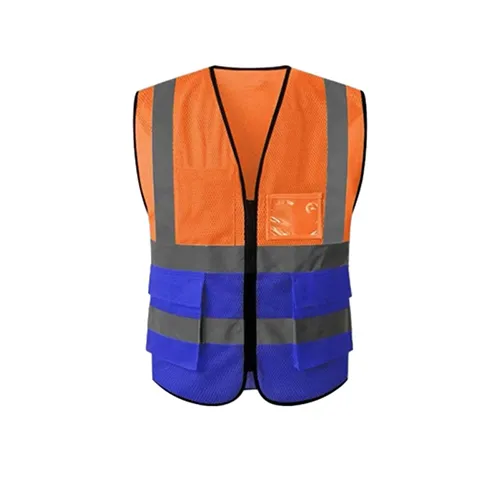- Afrikaans
- Albanian
- Arabic
- Armenian
- Basque
- Belarusian
- Bengali
- Bulgarian
- Croatian
- Czech
- Danish
- Dutch
- English
- Esperanto
- Finnish
- French
- German
- Greek
- Hebrew
- Hindi
- Indonesian
- irish
- Italian
- Japanese
- Javanese
- kazakh
- Rwandese
- Korean
- Kyrgyz
- Latin
- Latvian
- Luxembourgish
- Malay
- Myanmar
- Nepali
- Persian
- Polish
- Portuguese
- Romanian
- Russian
- Serbian
- Slovak
- Spanish
- Swedish
- Tagalog
- Tajik
- Turkish
- Ukrainian
- Uzbek
- Vietnamese
Jul . 27, 2024 15:28 Back to list
Exploring the Cost Variations and Quality Differences of Polo Shirts in Today's Market.
The Price of Polo Shirts Factors Influencing Cost
Polo shirts have long been a staple in both casual and semi-formal wardrobes around the world. Brought into popularity by tennis champion René Lacoste in the 1920s, these shirts have evolved to become a symbol of comfort and style. With their classic design and easy wearability, polo shirts remain a favored choice for many. However, as with any product, their prices can vary significantly based on a multitude of factors. In this article, we will explore the various elements that influence the pricing of polo shirts.
The Price of Polo Shirts Factors Influencing Cost
Brand name also significantly impacts the price of polo shirts. Well-established brands like Lacoste, Ralph Lauren, and Tommy Hilfiger typically command higher prices due to their reputation for quality and style. These brands have invested heavily in marketing and brand development, cultivating a loyal customer base that is willing to pay a premium for their products. In contrast, lesser-known or generic brands may offer similar styles at lower costs, seeking to attract price-sensitive consumers. This disparity underscores the influence of branding on consumer perceptions and purchasing decisions.
polo shirt price

Another factor affecting the price of polo shirts is the design and features associated with the garment. Polo shirts come in a variety of styles ranging from classic to modern cuts, with options for different sleeve lengths, collar types, and embellishments. A basic polo shirt may be available at a budget-friendly price, while one with unique features—such as moisture-wicking technology, UV protection, or intricate detailing—can be priced much higher. Consumers seeking more specialized functionality and style may find themselves paying a premium.
Additionally, the manufacturing process and geographic location of production can have significant implications for pricing. Many high-end brands produce their polo shirts in countries known for high-quality craftsmanship, such as Italy or Portugal. This often results in higher labor costs, which in turn raises the retail price of the finished product. Conversely, mass-produced polo shirts made in countries with lower labor costs can be sold at a fraction of the price. While this can make polo shirts more accessible, it may raise concerns for consumers regarding sustainability and ethical manufacturing practices.
Seasonal trends and economic factors can also contribute to price fluctuations in the polo shirt market. For instance, during summer, when demand for breathable and stylish clothing peaks, retailers may increase prices. Conversely, during sales or clearance events, consumers can often find significant discounts on polo shirts, making them a more affordable option. Additionally, broader economic factors, such as inflation or shifts in consumer spending habits, can influence overall pricing strategies within the apparel industry.
In conclusion, the price of polo shirts is influenced by a plethora of factors, including fabric quality, brand reputation, design intricacies, manufacturing processes, and external economic conditions. For consumers, it’s essential to consider these elements when making a purchase, balancing quality, style, and budget. Whether one opts for a high-end brand or a more budget-friendly option, the versatility and enduring appeal of the polo shirt make it a worthwhile investment for anyone’s wardrobe.
-
Work Reflective Vest: A Silent Guardian of Security
NewsJul.10,2025
-
Vest Reflective Safety: A Safety Lighthouse in Low Light and High Traffic Environments
NewsJul.10,2025
-
Soft Cotton Polo Shirts: A Fashionable and Practical Choice for Multiple Scenarios
NewsJul.10,2025
-
Soft Cotton Polo Shirts: A Fashionable and Practical Choice for Multiple Fields
NewsJul.10,2025
-
Reflective Vest: The Light of Industry and Outdoor Safety Protection
NewsJul.10,2025
-
Polo Shirt: A versatile and fashionable item that can be worn in one outfit
NewsJul.10,2025




